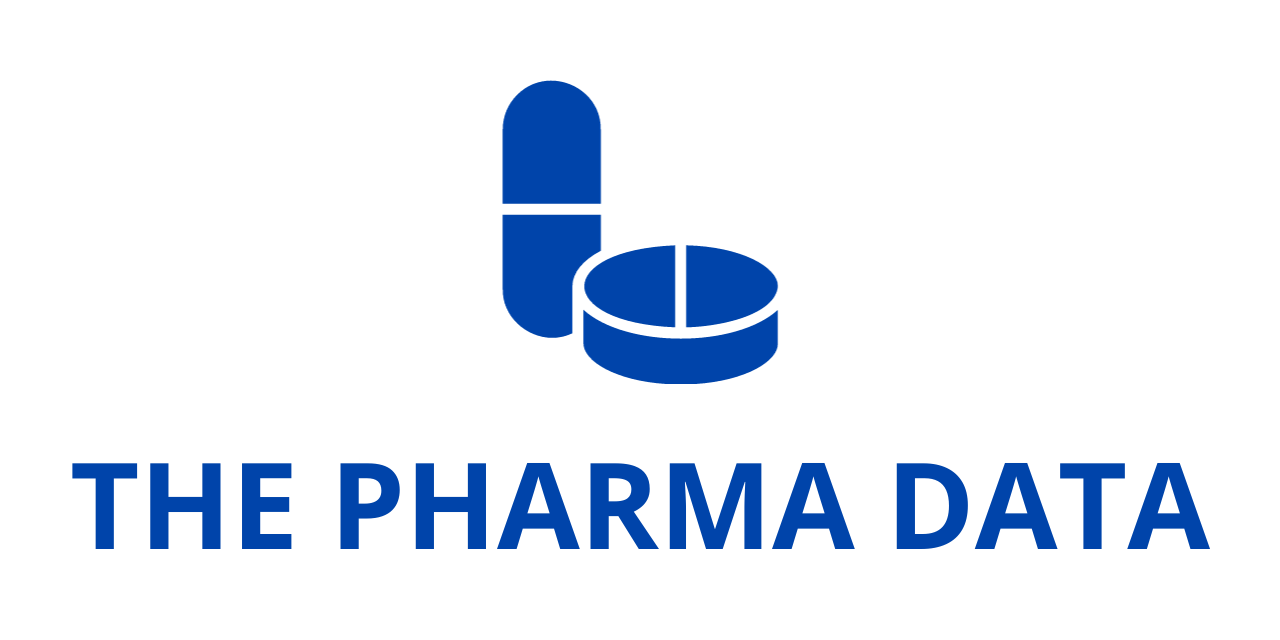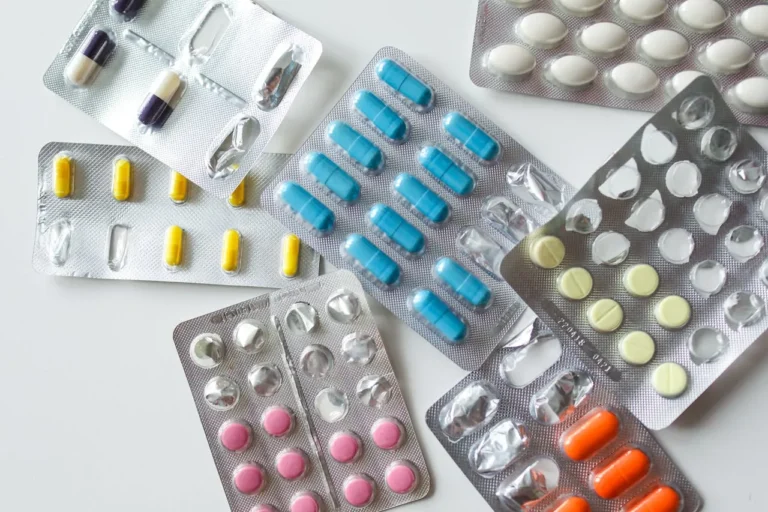
Introducing the latest addition to ResearchAndMarkets.com’s offerings, the report on the “Global Dermal Fillers Market, 2023-2035”. Estimated at $3 billion in 2023, the global dermal fillers market is poised for robust growth, projected at a compound annual growth rate (CAGR) of approximately 9% throughout the forecast span.
This comprehensive market report delves into various facets, aiming to gauge the current market size, identify opportunities, and forecast the future growth trajectory of the dermal fillers market. Leveraging multiple parameters and informed by primary validations, the analysis offers insights into the market evolution from 2023 to 2035.
In the dynamic realm of medical aesthetics, staying abreast of trends is crucial for developers and consumers alike. Dermal fillers, comprising substances like hyaluronic acid, have emerged as a favored option for facial rejuvenation, scar treatment, and lip enhancement, among other purposes. Notably, in 2022 alone, over 4.3 million hyaluronic acid dermal filler procedures were performed globally, reflecting the popularity of minimally invasive procedures in meeting cosmetic needs.
Dermal fillers, typically injected beneath the skin, utilize various materials such as hyaluronic acid, lactic acid, and calcium hydroxyapatite to achieve smoother and fuller facial appearances. Advancements like the cannula technique and next-generation fillers with improved properties underscore the transformative potential within the market. Moreover, the absence of anesthesia requirements and varying longevity of effects further enhance the appeal of dermal filler treatments.
The competitive landscape of the global dermal fillers market is marked by a diverse array of players, with over 60 companies offering formulations to address aesthetic preferences. Notably, partnerships and collaborations, especially focusing on facial aesthetics and dermal filler formulations, have been instrumental in shaping the market dynamics.
Drivers propelling market growth include the minimally invasive nature of dermal filler procedures, catering to a broad demographic seeking cosmetic enhancements. Additionally, the aging population, social media influence, and technological advancements contribute to market expansion, with North America currently leading in revenue share.
However, significant growth potential lies in regions like the Asia-Pacific, driven by increasing awareness and medical tourism. With a detailed analysis spanning historical trends, current market landscape, and future forecasts, this report offers valuable insights into the global dermal fillers market, guiding stakeholders in strategic decision-making.




